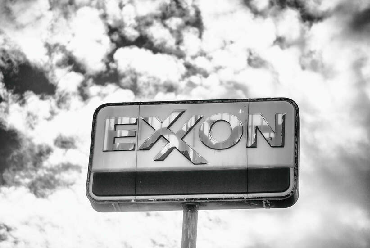Major Solar Energy Plan for MN Wins Support Over Gas
January 3, 2014A Talk On Renewable Energy in NYC
January 13, 2014By Anthony Cotton, The Denver Post, January 9, 2014
 Aaron Brown has built water heaters for schools in Costa Rica and done charity work all around the world. But the Metropolitan State University of Denver professor says some of the most rewarding work he’s ever done is happening right now in Denver’s Westwood neighborhood.
Aaron Brown has built water heaters for schools in Costa Rica and done charity work all around the world. But the Metropolitan State University of Denver professor says some of the most rewarding work he’s ever done is happening right now in Denver’s Westwood neighborhood.
“You don’t have to go to far off places to help people — there are plenty of things to do right here,” Brown said. “With this project you feel a lot more rewarded and you see a direct, very local benefit.”
Brown, who teaches mechanical engineering at Metro State, is working with students, as well as a local nonprofit organization, Revision International, to build solar powered furnaces for homes in the neighborhood. With empty soda cans as one of the main parts of the design, the furnaces cost around $30 to make and are expected to save about the same amount in monthly energy costs.
In November, the group installed two of the heaters in homes, with more installations scheduled for later this month. And while it’s possible to “upgrade” the units — spending another $20 for an acrylic cover, $2 for a thermostat or $2.50 for a shower curtain to drape around it — that almost defeats the purpose of providing reliable and inexpensive energy, Brown said.
An initial effort, undertaken with graduate students at the University of Colorado Boulder, yielded a furnace that cost about $60. But Brown thought the price could be lowered. That was the challenge he posed to his students at Metro State, tasking them with making the units faster, cheaper and more efficient and reliable.
“You have to be really creative,” said Richard Anderson, a Metro State senior who’s part of the project team. “Right now, the unit will last for about a winter without any maintenance. If you bumped up the cost to about $100, it would last three or four times longer. But you’re talking about soda cans and computer fans that you can buy six for $10 on eBay and you’re supplying heat to an entire house.”
Anderson said the electricity used by the fans costs about two cents a day. Cool air is drawn into the unit’s base and then heated as it travels up through drilled holes in the 144 aluminum cans, which have been heated by the sun. The air then exits through ventilation holes at the top of the unit. While there has to be a supplemental source for heat at night, the units can reach about 170 degrees during the day. In one of the units installed in November, Anderson said, a room that was about 60 degrees increased to 90 degrees within 20 minutes.
“There was a little boy who was going to be sleeping there. He was going, ‘I’m going to be so warm tonight,'” Anderson said. “That was just so cool — it’s really exceeded my expectations.”
The success has helped temper some of the initial skepticism from some members of the neighborhood. Even though the idea of inexpensive heat came from area residents, there were doubts that the unattractive, simple contraptions would actually work.
Brown and Joseph Teipel, the director of operations and co-founder of Revision, held a series of meetings in the community. And while Revision had previous successes there in areas like backyard gardens and urban farms, some people were still leery.
“You talking about soda cans being glued together, so it’s not something that just comes to people’s minds,” Teipel said. “But the initial installations were key. Now that they’ve seen it and see how well it works, they’re really excited.”
When Revision started its backyard gardening initiative in 2009 there were seven families involved. By the end of 2013 there were 200 families, and Teipel said another 100 are expected to join this year.
The plan for the heaters is for Brown and Revision to show residents how to build them themselves and install them in their homes.
“We’d love to see this grow just like the farming did, where the people take over and it just grows,” Teipel said.
Brown said there’s no reason why the project can’t spread beyond Colorado. He’s already talked with people in Chicago and recently corresponded with a woman who’s connected to refugee camps in Syria.
“It would certainly help them,” he said. “It’s just a simple, inexpensive technology.”



